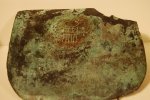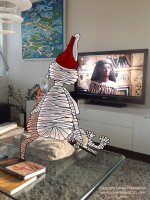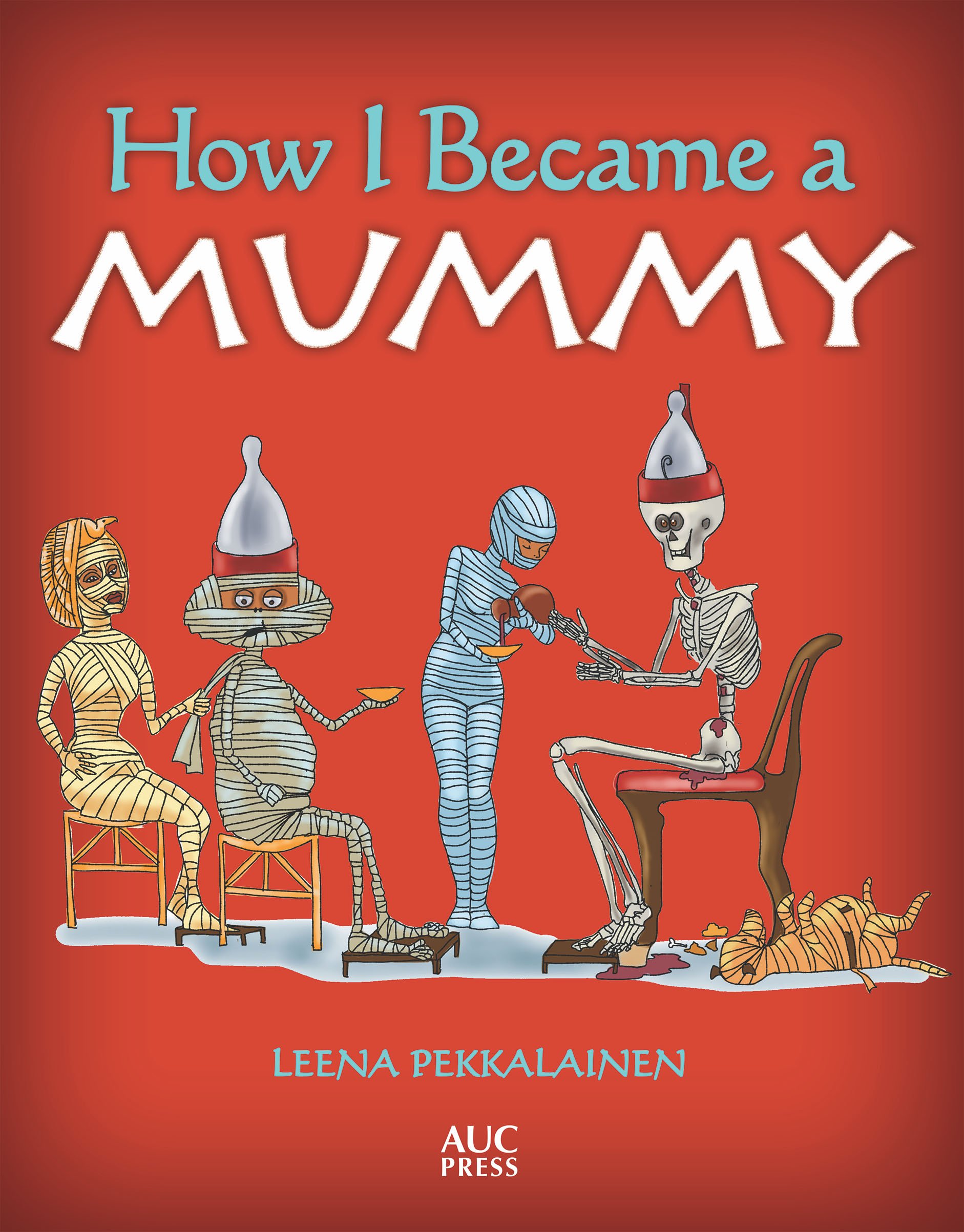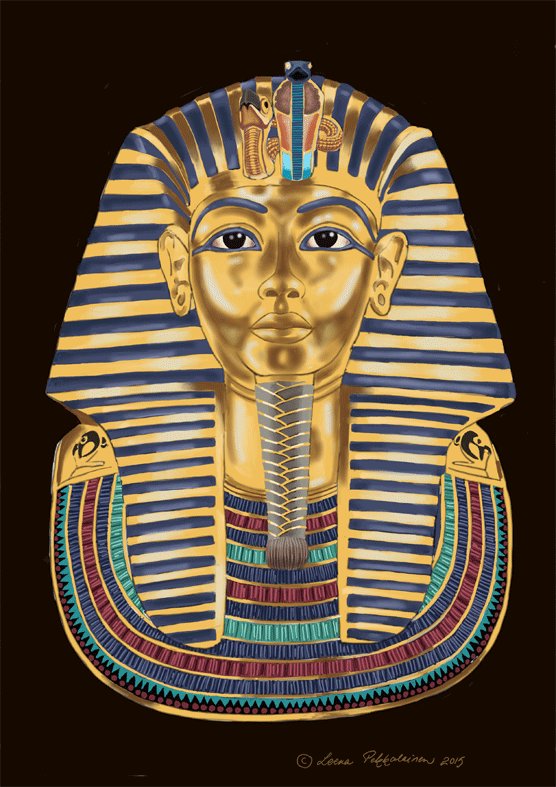kING DJET FACTS
Djet was the third king of the First Dynasty of ancient Egypt. He was probably the son of Djer, but there is no actual evidence this was so. His mother was Herneith. His name is not on the famous Palermo Stone – the part where he would have been has been destroyed. On Abydos king list he appears with the name Ita and in the Turin list of kings his name is Itai. Itiui was another version of his name.
He was also called Wadjit or Uadji.
|
He may have got his name from the cobra goddess Wadjet who was the protector of the kings of Egypt, and who symbolized Lower Egypt. Djet’s name has a cobra in it, so this theory is not far-fetched. The cobra in his name is pronounced “dj”. If you look at the serekh, and combine the snake and the falcon Horus perching on top, you could read his name as “Hor Djet”, which means “Horus who strikes” or the “Serpent of Horus”. |
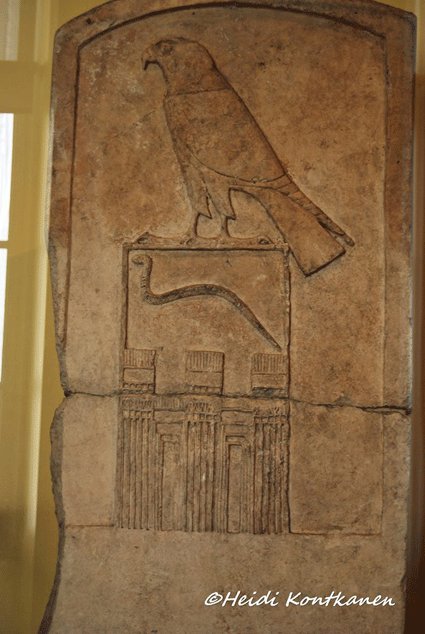 |
His wife was probably Queen Merneith,
who seems to have been the mother of the next king, Den. Merneith likely acted
as regent on behalf of Den because he was too young to rule – at least her name
is included in a seal impression that names the early rulers in chronological
order from Narmer to
Den.
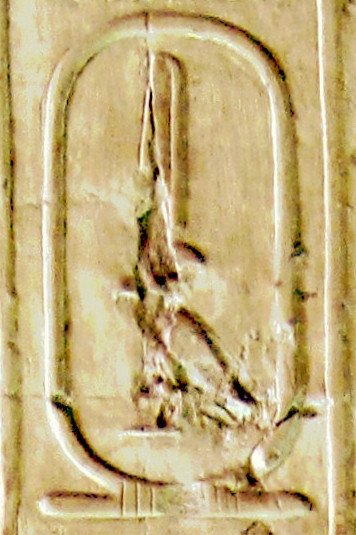 Djet's name as Ita in Abydos King list - photo from Wikimedia Commons / Olaf Tausch |
There is no direct evidence of Merneith having been the king's wife, though, and it has been speculated she might even have been the consort of his father Djer. But as a mother of Den, the king's successor, it is considered more likely she was Djet’s wife. She may also have been his sister.
A stele in Djet’s tomb also names Ahaneith, but we have no way of knowing was Ahaneith a wife of the king, or a relative, or maybe an official. It can be quite confusing that both men and women could have similar names. |
Again we are theorizing – there is very little material remaining of the very first kings and queens of ancient Egypt, and everything we think we know can be changed by one seal or piece of pottery.
DJET'S TOMB
|
The tomb is the Tomb Z in Petrie’s list. It is located west of Djer’s tomb.
The tomb was probably not visible above ground – there was a special ritual area by the river Nile which had high walls. |
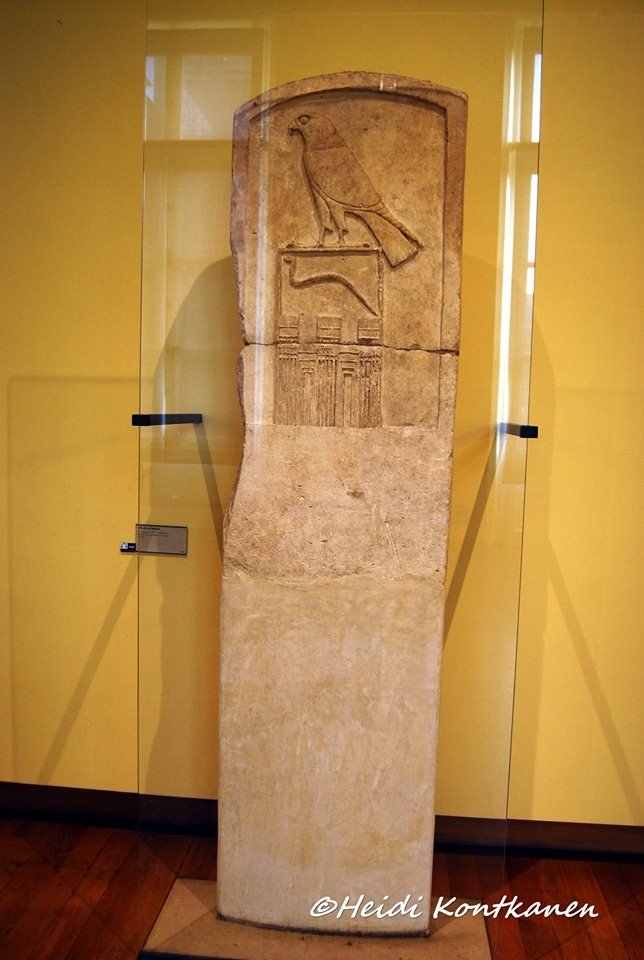 |
Inside the tomb the king’s serekh was found: a snake inside a palace façade, with the falcon Horus sitting on top. There were 174 secondary burials around the tomb – most were servants who were buried at the same time as the king, so they were probably killed so they could continue serving their king in the afterlife.
Only later, during the Old Kingdom, did it become the habit of burying the members of the immediate royal family near near the king, when they died natural deaths. Now it was still servants who were deliberately killed to serve their dead king in the afterlife. Still, this habit was about to end soon– and the shabtis took over the role of afterlife servants.
Outside the tomb a stele was erected so that visitors could pay tribute to the dead king. This famous 1.43 m tall stele is better known as the Stele of the Serpent King, and is now located at the Louvre
There might have been animosity against the king, because his tomb was soon robbed- and burned.
A tunnel was dug by the tomb robbers from the side of the tomb, and its wooden structures were set on fire (burned remains of the wooden floor were found). Still this may be an early example of what the tomb robbers often did later on as well: by setting the wooden structures (like coffins) on fire, the gold objects melted and were easier to pick from the ashes later on. This way the robbers got the gold, which was not in any recognizable form. This may have been safer for the robbers – after all tomb robbing was not looked at favorably, and the penalty could be death. You would not want to be caught with gold objects that clearly came from someone's tomb.
Later on Djet’s tomb was restored by king Qaa, who also had new offerings placed in it. This was probably because it was later associated with the cult of Osiris.
Also it was known that the archaeologist Emilie Amelineau, who originally excavated here in 1894 to 1898, used methods that make today’s historians gringe – he for example did not see any value in the remaining wooden structures of the tombs and allowed them to be used as fuel. As Flinders Petrie said, shocked at what Amelineau had done in Abydos:
"During four years there had been the scandal of Amelineau's work at the Royal Tombs of Abydos. He had been given a concession to work there for five years; no plans were kept (a few incorrect ones were made later), there was no record of where things were found, no useful publication. He boasted that he had reduced to chips the pieces of stone vases which he did not care to remove, and burnt up the remains of the woodwork of the 1st dynasty in his kitchen."
Thankfully the excavation methods have developed since Amelineau's times...
djet quiz
1. Kind Djet's Abydos stel is also known as the
2. Djet's wife and the mother of his successor Den was probably
3. Djet's tomb was associated with the cult of
4. Djet's name can be translated as
dynasty 1
3000 - 2750 BC
Back to Homepage from Djet Facts
Thank you, Heidi Kontkanen for the permission to use your photos in this article.
Tutankhamun: In My Own Hieroglyphs
|
Tutankhamun tells about his life - and death. The book that was chosen to travel the world with Tutankhamun's treasures world tour of 10 cities from 2018 onwards. |
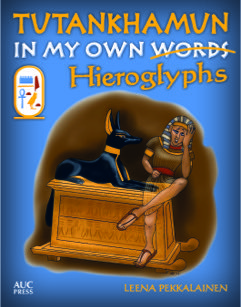
Mummies, Monsters and the Ship of Millions
Mr Mummific's hilarious journey through the 12 caverns of Duat to reach the Field of Reeds.
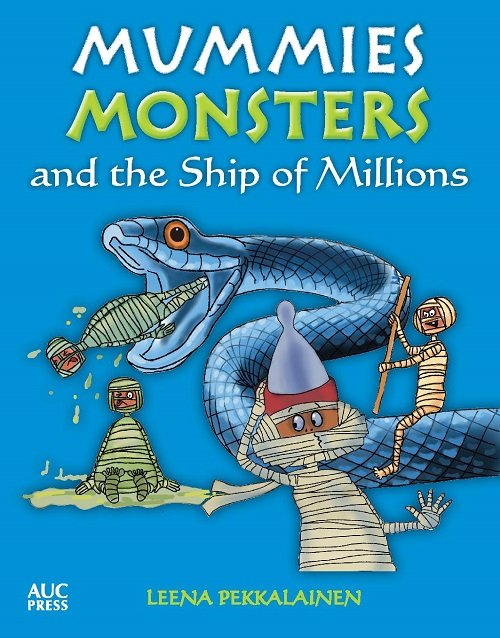
Leena Maria's Newsletter
Tutankhamon's Golden Mask Coloring Page

